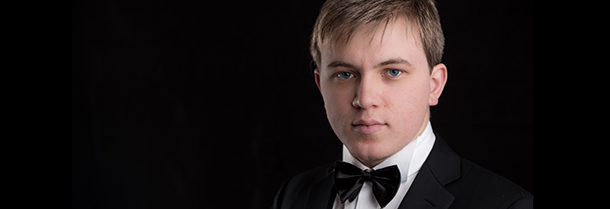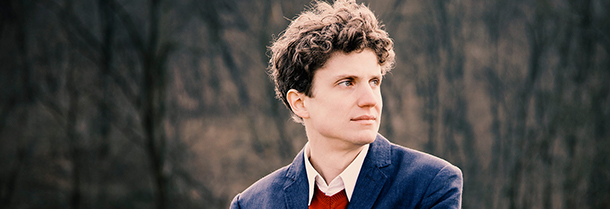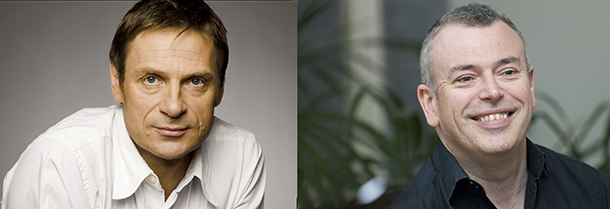Author: VRS
-

PROGRAM NOTES: PAUL LEWIS
Franz Joseph Haydn Sonata in E minor Hob. XVI:34 It is unusual to encounter a sonata in a minor key from “Papa” Haydn, a composer best known for his chipper disposition. But his Sonata in E minor likely dates from the late 1770s, which could explain its turbulent mood. The 1770s was the decade of…
-
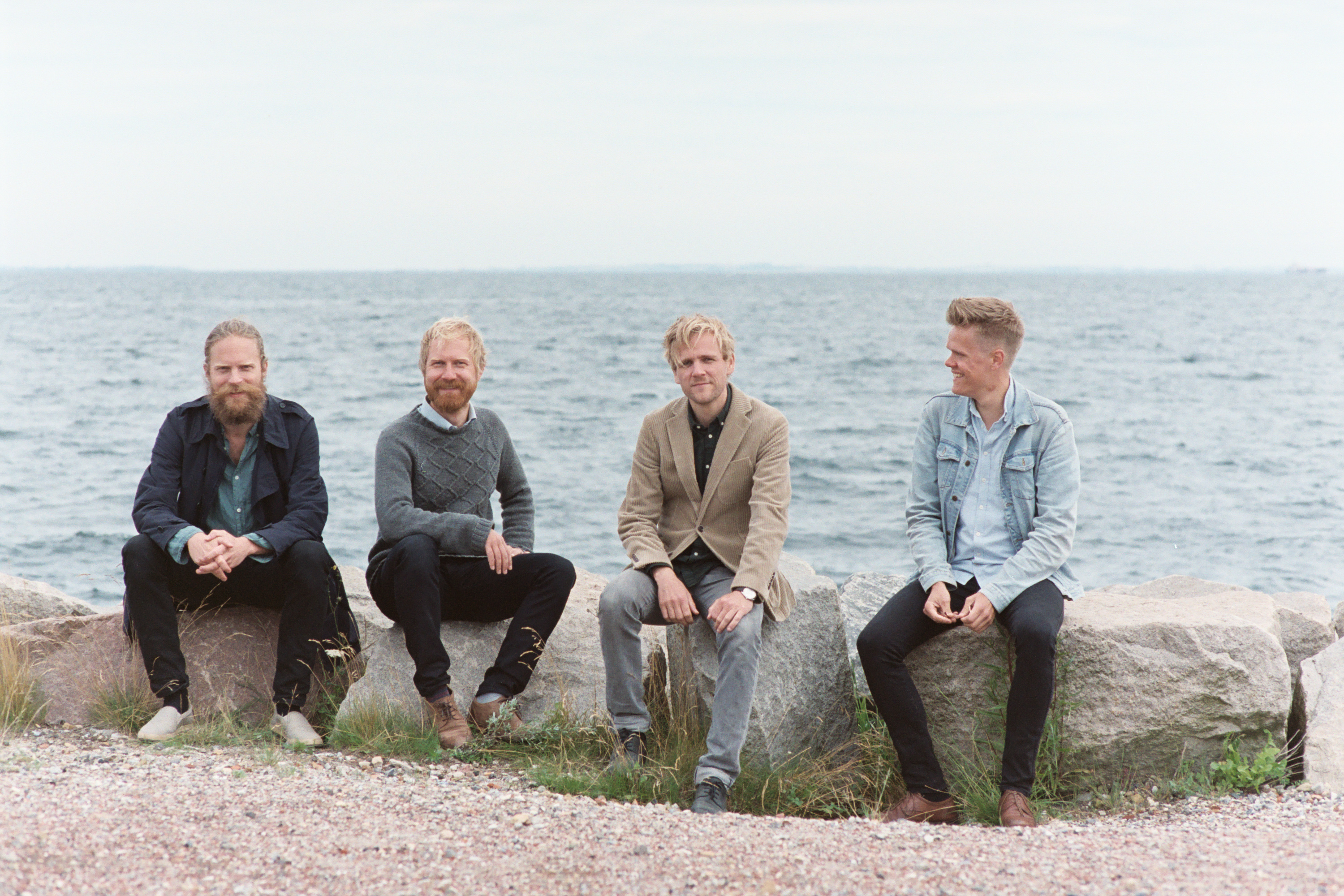
PROGRAM NOTES: DANISH STRING QUARTET
Ludwig van Beethoven String Quartet in C minor Op. 18 No. 4 In the Napoleonic era, when a Viennese aristocrat was thinking of entertaining friends at home, he might pop down to the local shop to pick up a six-pack—of string quartets, that is. The most refined form of home entertainment in Austria’s capital was…
-
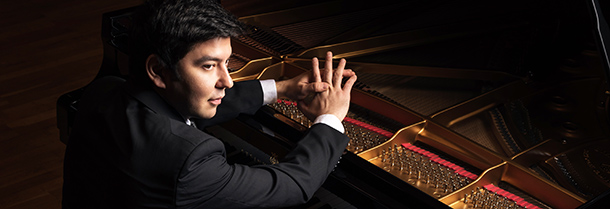
PROGRAM NOTES: BEHZOD ABDURAIMOV
Richard Wagner Isolde’s Liebestod arr. Franz Liszt The 19th century in Europe was an age in which psychological states went mainstream in the arts, becoming a particularly powerful stimulus for musical expression. A new genre, the nocturne, for example, captured that eerie feeling of being alone with one’s lyrical thoughts at a still point in…
-

NOTICE OF THE VANCOUVER RECITAL SOCIETY’S AGM
NOTICE OF ANNUAL GENERAL MEETING OF MEMBERS OF THE VANCOUVER RECITAL SOCIETY (the “Society”) The Board of Directors of the Society hereby gives notice that the Annual General Meeting of the Society will be held on Sunday, February 10, 2019 at 1.15pm in the Royal Bank Cinema at the Chan Centre for the Performing Arts for the…
-

PROGRAM NOTES: PAUL LEWIS
Johannes Brahms 7 Fantasies Op. 116 If the word fantasy implies improvisation and free association of thoughts, then the collection of three capricci and four intermezzi that Brahms published under the title Fantasien in 1892 are misnamed, as they are among the most densely expressive and tightly crafted miniatures to come from his pen. Some…
-
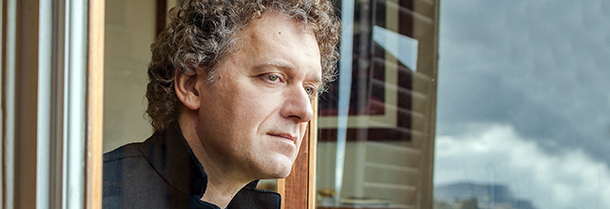
PROGRAM NOTES: ANDREA LUCCHESINI
Domenico Scarlatti Six Sonatas K 491 – K 454 – K 239 – K 466 – K 342 – K 146 The 550-odd sonatas of Domenico Scarlatti are perhaps the most successful works to migrate from the harpsichord to the modern grand piano. Their transparent texture of simple two- and three-part keyboard writing has one foot in the imitative counterpoint of…


